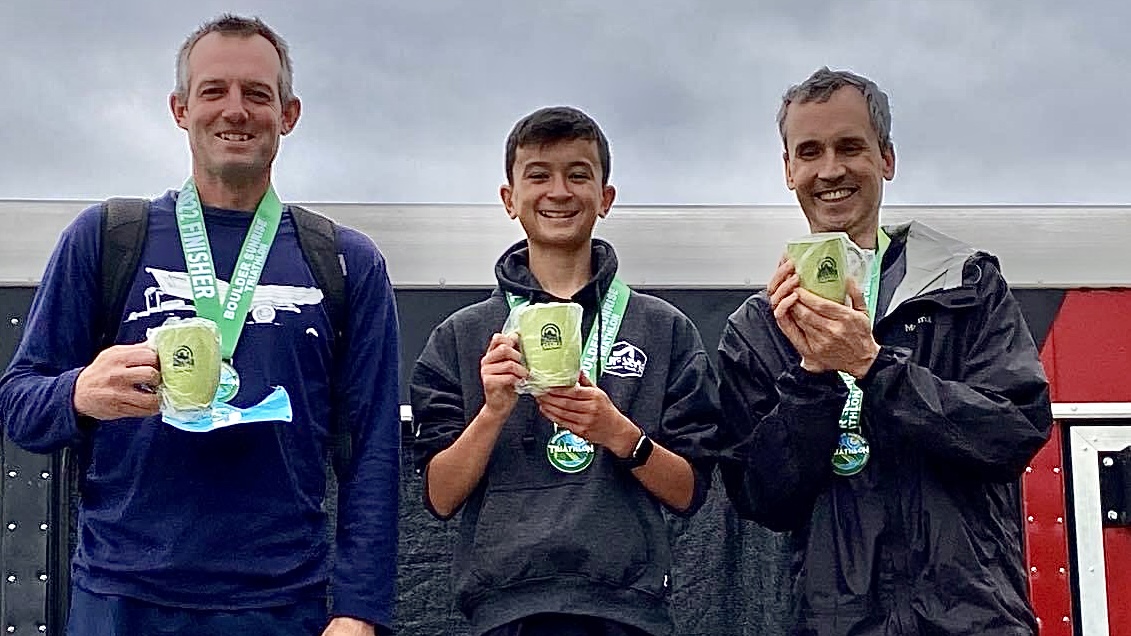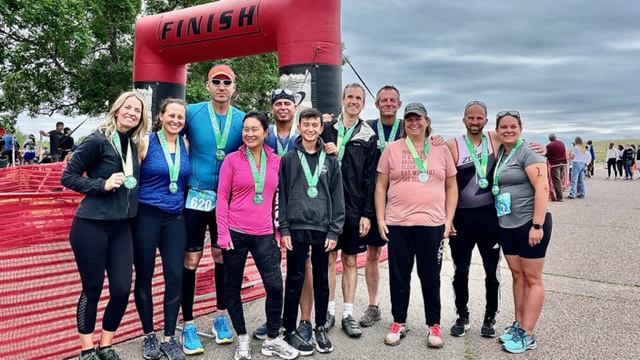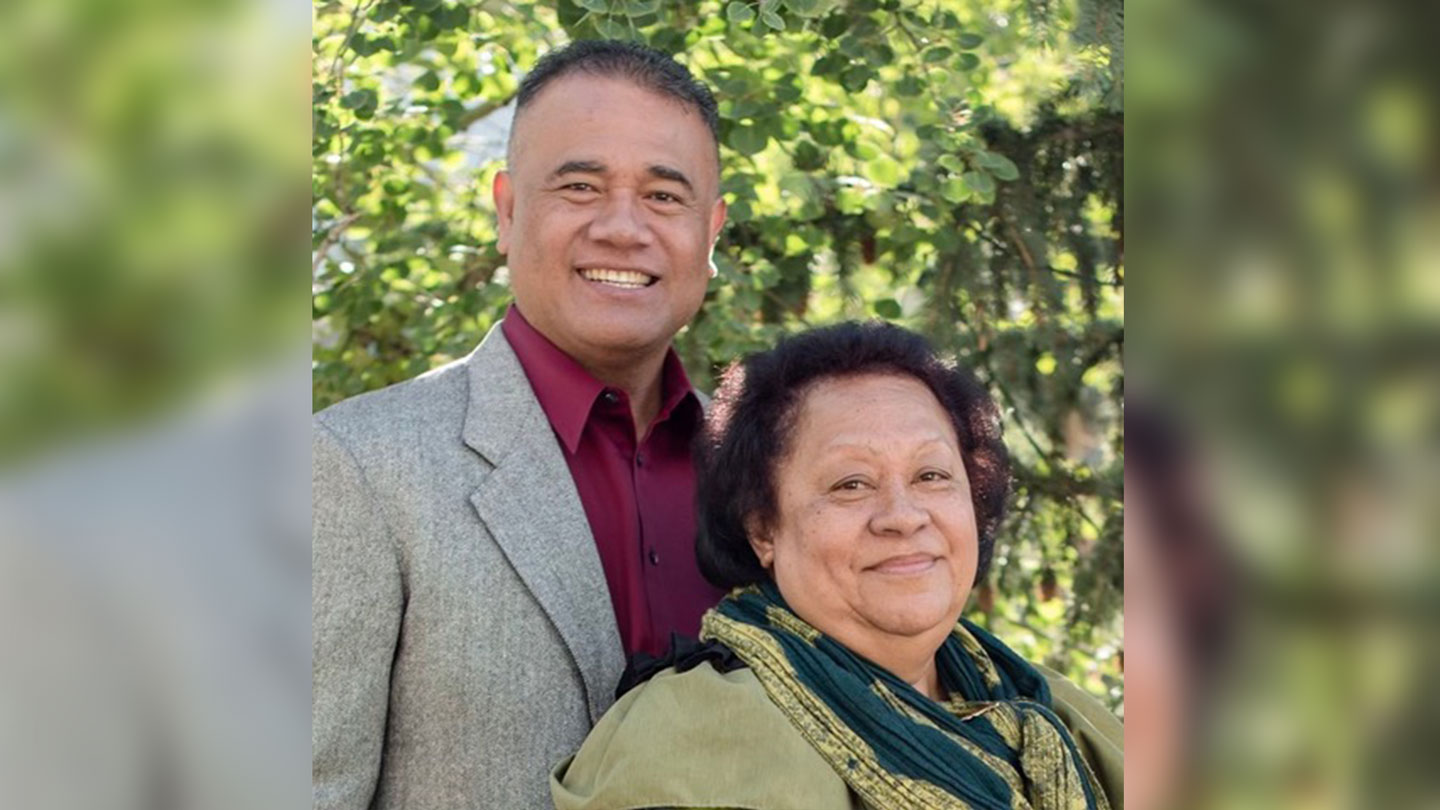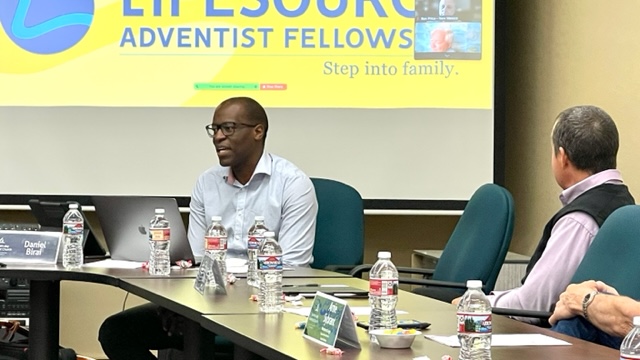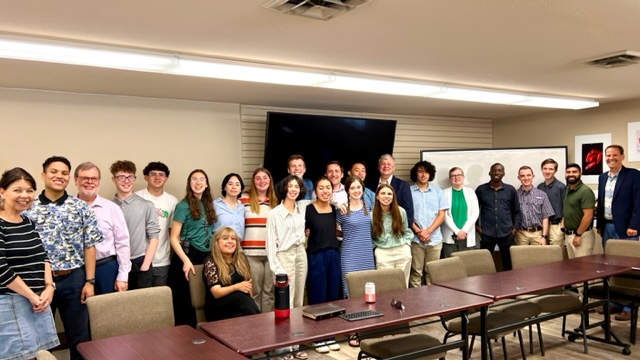The Greek words εὐαγγελίζω and εὐαγγελίζομαι sound very much like our English word “evangelism”. Even without knowing Greek, the sound of the word leaves no room for misunderstanding. The deeper challenge is to define the what and how of evangelism in 2022 and beyond.
The word itself means to “bring good news,” and connotes sharing/announcing/proclaiming the concept that Jesus is the Messiah who lived, died, was resurrected, and is returning for His people. Note these things: It is GOOD news, not scary, sketchy stuff and it is about Jesus.
When Jesus initially called the disciples, He said to them, “Come follow me and I will make you fishers of men.” See: Matthew 4:19, Mark 1:17.
Fishers of men…it sounds pretty simple. But there is more to it than meets the eye. Ask anyone who is an avid fly fisherman. They will regale you with details, stories, and data that will make your head swim. To the dedicated fly fisherman, it is more than a sport; it is an art form that has many facets.
There are two fascinating fishing stories in the New Testament that can help us understand the rather simplistic sounding idea of being a fisher of men.
The first story is in Luke 5:1-11. The setting is in the early call of the disciples as reflected by Matthew and Mark in their Gospels. Luke gives us more setting and story.
As Luke tells it, Jesus was preaching, then asked Peter to use his boat as a floating pulpit. After finishing preaching, Jesus asked Peter to go out into deeper water and cast his net to catch fish. Peter’s answer was pure Galilean fisherman: “Master, we have worked hard all night and haven’t caught anything….” The clear, but unspoken, implication is: “Look, I know what I am doing. I am a life-long fisherman. I know how to do this, I have always done it the same way, for years. I know what works and what doesn’t.” You can almost see Peter’s eyes rolling back at a suggested change in his tried-and-true fishing methodology.
In my imagination, I can hear the voice in Peter’s head mumbling, “No way will this work! Every fisherman knows when the sun comes up, the fish go deeper than the nets will reach. We have worked hard doing it the way we always have. We gave it our seriously focused best effort. This won’t work, but… (sigh) whatever.”
The results of trying something new were massive. There were so many fish, the nets were breaking. The results were so positive, they were astonishing. Peter fell to his knees, grabbed Jesus, and fearfully cried out, “Go away from me, Lord; I am a sinful man!” Note some interesting details here: Peter is hanging onto Jesus while telling Jesus to leave him! Peter is filled with fear because he has encountered success that was clearly not his doing. Jesus responds by telling Peter: 1. not to fear; and 2. that from now on he will “catch men.”
The second story, found in John 21:1-14, talks about Peter and six others going fishing in the Sea of Tiberius/Galilee post resurrection. They fished all night and caught nothing. Then a voice on the shore asks if they have had any luck. The answer is a brush, “No!!” The sharp, disappointed reply must have echoed off the water like the crack of a whip (no one likes to admit defeat, especially a fisherman).
The voice then makes an audacious suggestion: “Throw your net on the right side of the boat and you will find some.”
“Right side! You obviously know nothing about fishing,” would be Peter’s unspoken thought. “We have never done it that way.” There was an obvious reason to not fish from the right side of the boat. That’s where the rudder and rudder equipment were. Common sense would tell you that you would have a tangled mess of rope, nets, and rudder if you even tried. Besides, it’s now morning, and when the sun comes up, the fish go down. Everyone knows that!
I imagine it was with a shrug of semi-indifference combined with a dose of disbelief that they pitched the nets on the dreaded “other side of the boat.”
Then it happened. The nets went taut. “See, the nets are caught and tangled. I knew it wouldn’t work,” probably went through Peter’s mind. But the nets were not still; they were strained with literally a boatload of fish! BIG fish! One hundred and fifty-three of them! Suddenly, there was the recognition that the voice from the shore was Jesus!
“That’s the way we have always done it” netted zero. Trying something audaciously different netted 153 fish. The score is zero to 153. Maybe there is a lesson here.
There are some striking commonalities with these two stories about fishing and fishermen. In both stories, the fishermen were doing what they had always done, the same way they had always done it. They had worked hard all night. There was no lack of sincere, serious, ardent, dedicated, deliberate work. But the results were zero. Zip. Nada.
In both cases, the fishermen were following the “We have always done it that way” mantra. It had worked in the past, so the tendency was to stay with the traditional practice of history and habit. When there was a request to “Throw the net on the other side of the boat” and courageously try something audaciously different, they were shockingly successful. In the second story, they not only caught fish, but they also caught BIG ones, and plenty of them. So many they had to count them to believe it really happened.
Admittedly, I wasn’t in either boat, but my reflections on the stories teach me something about evangelistic fishing for men.
Deeply sincere effort doesn’t guarantee success.
Like the stock market, past performance is not necessarily a predictor of future performance.
It takes more courage to do something new than to repeat what worked in the past.
One definition of insanity is to do the same thing over and over and expect a different outcome. Jesus even said if what you try doesn’t work, dust off your feet, and move on. (Matthew 10:14.)
Creativity is the hallmark of Divinity. The first and last pictures of God in the Bible show Him changing the norm and being creative.
Listening to the Divine voice when He prompts us to try something different brings success.
There are some temptations in evangelism that can lead to few or to zero “fish.”
One fatal flaw is for us to focus on our favorite fallback fly (bait, spinner, technique, or topic). Success asks us to focus on the “fish,” not on what we assume will work because it appeals to us. Focusing on what I want or what I am comfortable with, can prove to be an error. Success means focusing on, and learning, what appeals to the “fish,” not what appeals to me.
Doing the same thing and not learning from what was or was not successful disallows important learning opportunities (serious post evaluation can help us here).
“These sermons worked in the 1860s (or 1960 or 2000) so they will work today!” Buggy whips were hot items in the 1860s too. Not so much today. Perhaps we need relevance, not relics.
“We already know what you need to know. You just don’t know. We will tell you what you need to know.”
“We have the truth, and we can proof-text it. Then you will join us!”
Perhaps the largest hole in our evangelistic fishing net is the assumption that people already have a basic grasp of the Bible and the plan of salvation, so all we have to do is focus on our unique doctrines.
I recently had a conversation with an acquaintance where I mentioned the name Pontius Pilate. My friend looked at me quizzically. “Pontius Pilate? Who is he?” was the response. This man is sincere, and a very new Christian, but he obviously has lots more to learn. Trying to teach him esoteric details of Bible interpretation would be like trying to teach quantum physics to someone who has never been exposed to basic math.
For a fisherman to be successful, they need to understand the fish. Fishing techniques vary widely, and differ with various species, seasons, locations, and conditions. I believe the same is true with evangelistic fishing for people. Understanding the changing tastes will inform me about changing my fly (technique). Case in point: Several years ago, I hired a fishing guide to coach me on fly fishing techniques. I had “learned” to fly fish on my own. It was an eye-opener to say the least. He selected a fly to start with because, “That is what is emerging this week.” Okay, I used that fly quite successfully up to about 3 in the afternoon when I could literally see fish come up to the fly, look at it, then turn away. Then he said, “OK, time to change the fly because that bug is done being in the air in the afternoon, so we will change to this (very different one), because that’s what the fish will be interested in until about 6 tonight.” He was aware of what interested the fish. He was not providing a fly based on what he liked. Big difference in positive results.
So, here are some “Throw the net on the other side of the boat” quotes to consider:
“If we would humble ourselves before God, and be kind and courteous and tenderhearted and pitiful, there would be one hundred conversions to the truth where now there is only one.” (Testimonies for the Church vol 9, p. 189). Or, “The strongest argument in favor of the gospel is a loving and lovable Christian.” (Ministry of Healing, p. 470).
Evangelism, like the fly fisherman’s kit, needs to have multiple options to increase the potentials for success. When I hike into the back country to fly fish, you better believe I take more than one pattern of one fly. Otherwise, all the planning, effort, expense, and time, could be an exercise in futility no matter how sincere I might be.
Perhaps our greatest need is to find ways to reach the largest and fastest-growing demographic in our communities: those who list None as their religious affiliation. Our tendency is to fish for those in the most rapidly diminishing demographic: middle-age and above church attenders, where we can share distinctive doctrines and build on what (we assume) they already know biblically.
Jesus told the parable of the net, and fishing (Matthew 13:47-52). He closed the parable by saying, “…every teacher of the law who has been instructed about the kingdom of heaven is like the owner of a house who brings out of his storeroom new treasures as well as old.” The wise leader respects, values, and uses tried-and-true “old” treasures/methods, and also uses that which is “new,” creative, and fresh. There is no doing new things to be novel, nor is there clinging to the old simply because “we have always done it that way.” Jesus taught us to have an intricately positive balance.
Someone said the seven last words of the church are, “We have always done it that way.” And the cousin of that phrase, “We have never done it that way.” Maybe it would be well for us to cast the net “on the other side of the boat” with prayerful, careful, planned creativity as we ask, “What if…. Why not try….?” We just might go from zero “fish” to one hundred and fifty-three “fish.”
To quote Peter’s words (John 21:3): “I’m going out to fish.” In response, the other disciples said, “We’ll go with you.”
Will you join the “fishing trip” too? We are all invited to participate, not just watch.
Dick Stenbakken, Ed.D., retired Army Chaplain (Col.), served as director of Adventist Chaplaincy Services at the General Conference and North American Division. With his wife Ardis, he lives in Loveland, Colorado. Email him at [email protected]
